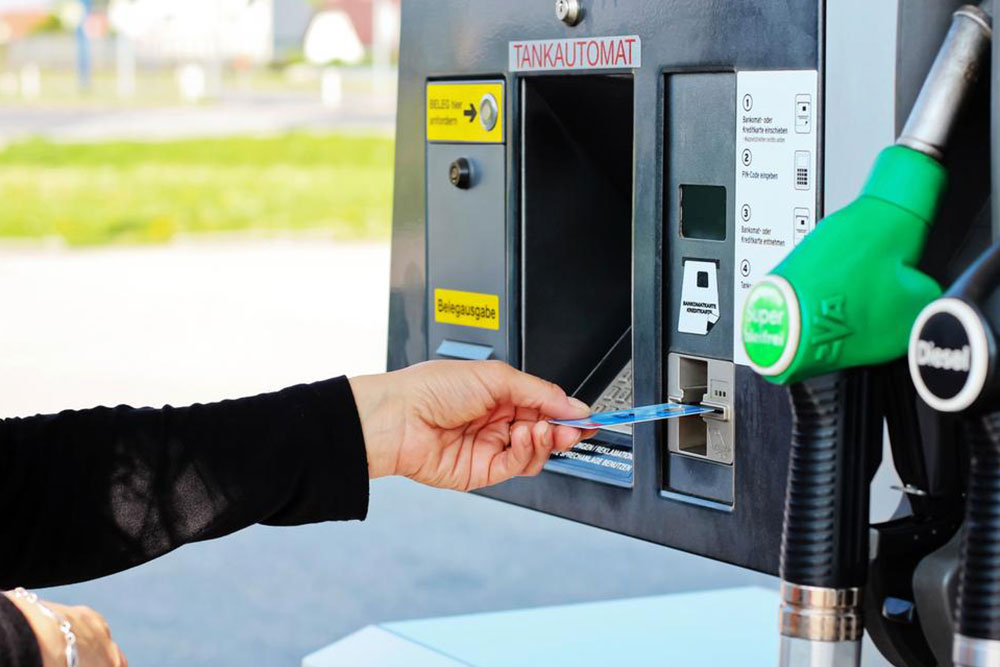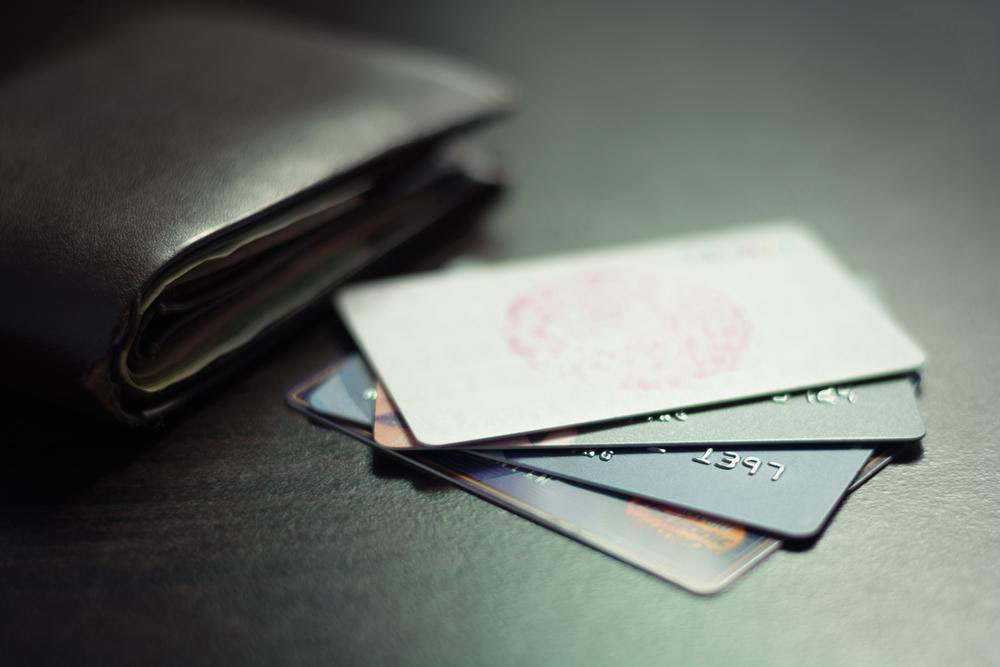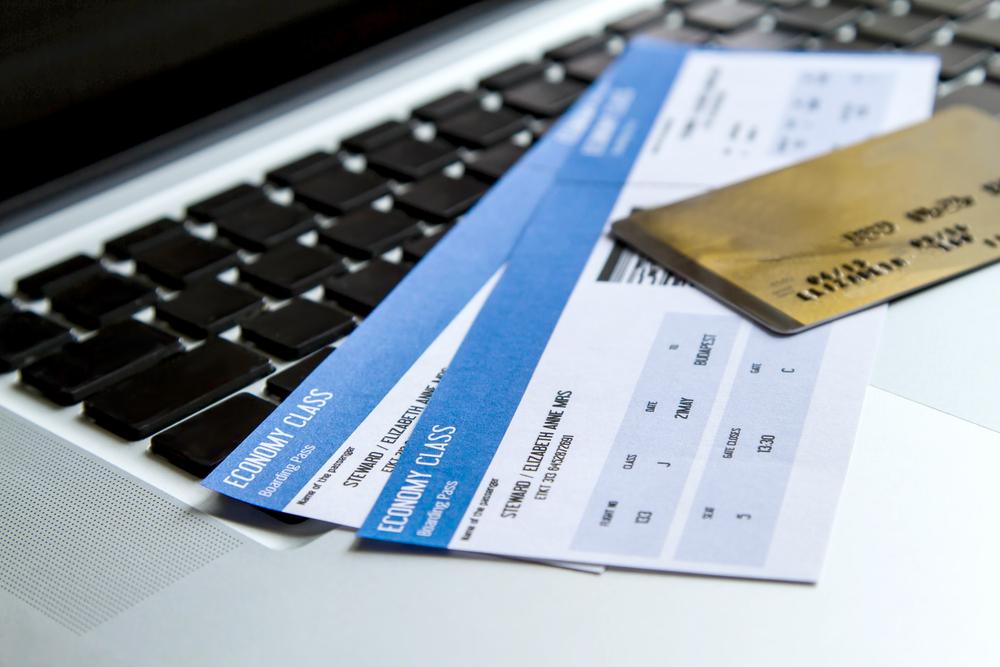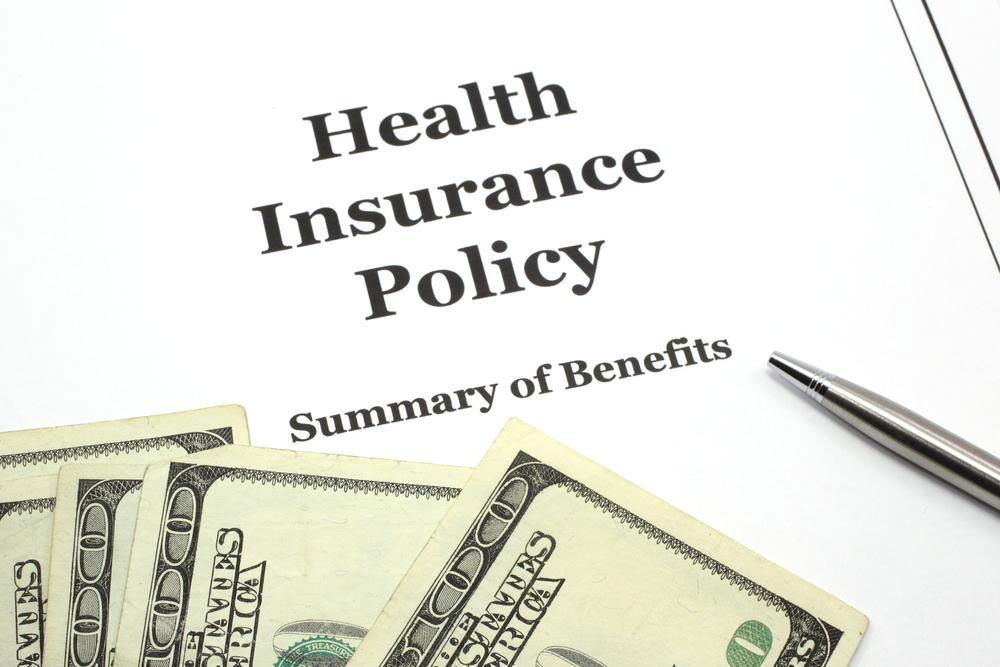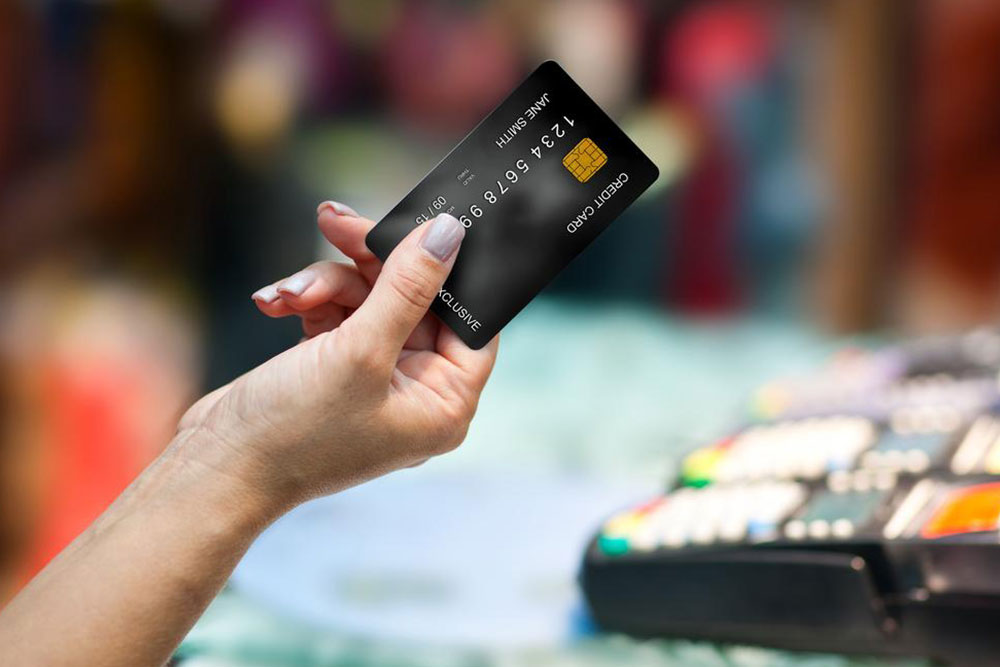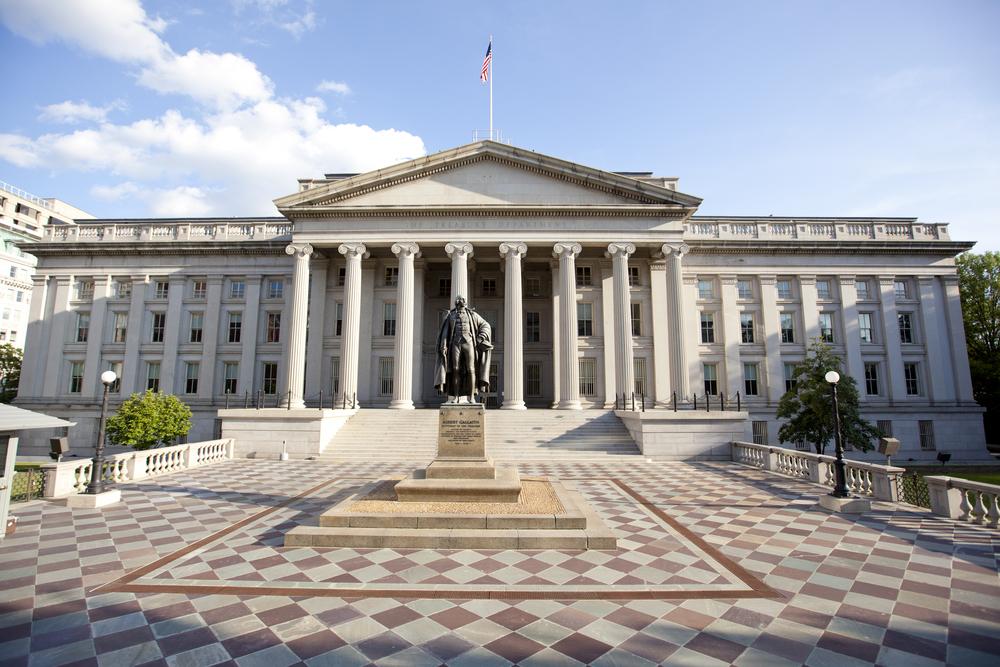Essential Guide to Cashback Credit Cards and Their Benefits
Explore the essentials of cashback credit cards, including how rewards work, categories that earn higher returns, and tips to maximize benefits. Learn how to choose the right card for your spending habits and avoid common pitfalls like reward forfeiture. This guide helps consumers make informed decisions to optimize their credit card earnings while managing interest and balance payments effectively.

A credit card issued by a bank allows users to buy goods and services on credit. The bank provides a revolving credit account, letting you make partial payments, with interest added on unpaid balances, increasing your total debt. Each card comes with a designated credit limit, which is the maximum amount you can borrow.
Many credit cards offer cashback rewards as an incentive. Typically, a percentage (0.5% to 2%) of certain purchases is returned to you. For instance, with a 1% cashback, you earn $1 per $100 spent. Cashback is often credited annually, monthly, or after reaching a specific amount.
Some companies offer higher cashback rates—up to 5%—on categories like groceries, gas, and drugstore purchases. Others give a 1% return on all spending. Certain cards also include sign-up bonuses if you meet spending thresholds within a set period. These programs are ideal for users who pay off their balance monthly, as interest charges can outweigh rewards. To maximize benefits, choose cards aligned with your spending habits, especially in categories like gas, groceries, or dining.
Be cautious of "Breakage," where rewards are forfeited if not claimed due to lack of transparency or delays. If you carry a balance, opt for low-interest cards to avoid high finance charges. Careful research helps find the best card suited for your financial goals.
Note: Our content provides general financial insights, but readers should verify details independently. The website isn’t responsible for data discrepancies or unlisted offers, so explore all options for optimal benefits.

